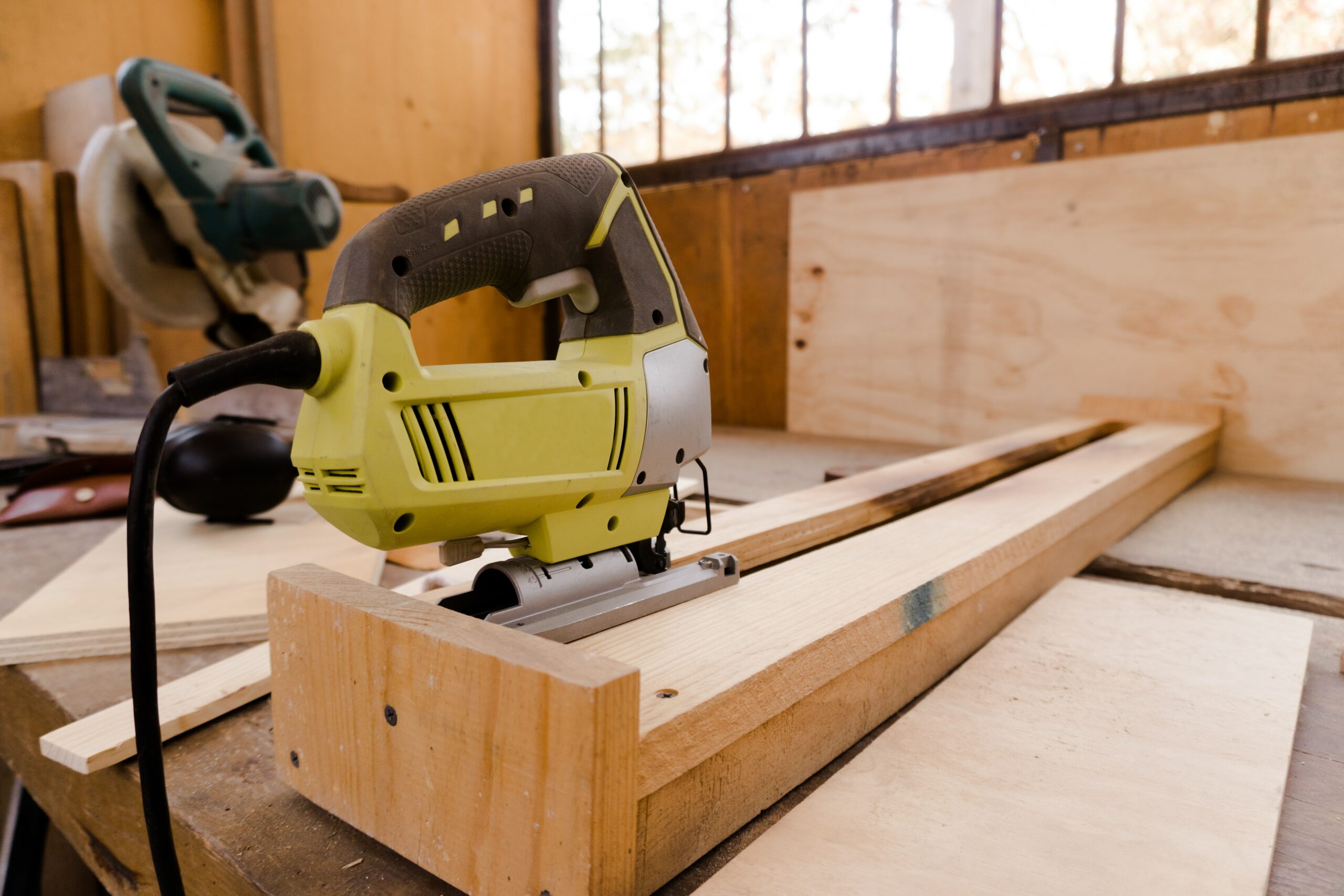When constructing OSHA planks, there are several rules that need to be followed. While some of these rules are obvious and well known to many, others are not very familiar to most people, which is why we need to answer this question, ‘What Are The Rules For OSHA Planks’. Remember, by knowing these rules, you will be preventing the occurrence of accidents caused by poorly constructed OSHA planks. It is important for every contractor and building owner to be conversant with guidelines. So,
‘What Are The Rules For OSHA Planks?’
- Scaffold components should support their own weight as well as that of a load weighing around 4 times their weight.
- Each suspension rope used on suspension scaffolds that are non-adjustable should be able to support 6 times the intended weight applied to the rope.
- Each suspension rope that is used on suspension scaffolds which are adjustable should be able to support 6 times the intended weight applied to the rope.
- The stall load should not be more than 3 times the rated load of the scaffold hoist.
- It is only qualified personnel that should design the scaffold and the design must be considered when loading the scaffolds.
- The professionals must plank every working platform fully before applying any load on them
- The platform units should be installed in such a way that the spaces between the adjacent units and the one between the uprights and the platform is not more than 2.5 cm.
- Each walkway and platform should not be less than 46cm wide.
- Every top plate bracket scaffold, pump jack scaffold, ladder jack scaffold, and roof bracket scaffold should be at least 30 cm wide.
- Where scaffolds are very narrow that the walkways and platforms cannot be more than 46cm wide, fall arrest systems and or guardrails shall be used for protecting the employees from hazards like falling off the platform.
- The front edges of the platforms should not exceed 36cm from the work face. If this is the case then the platforms must have guardrail systems.
- For the outrigger scaffolds, the distance from the work face should be around 8cm.
- For lathing and plastering, the distance from the work face should be around 46cm.
- Any damaged part of the scaffold must be immediately fixed.
- The scaffolds should not be moved whenever there is an employee working on them.
- Whenever there is an overlapping of platforms, they must be nailed together unless there are supports to restrain their movement.
- The edges of the platforms should have marks or covered for easy identification.
- The rest of the platforms should have no covers, especially by any opaque finish.
Why do you need to know the rules?
Whenever you fail to follow these guidelines when fixing or operating on the planks, serious disaster may befall the workers or the building under construction. At the end of the day, this will lead to extra expenses in hospital bills and even worse, lawsuits.











